
Can the ambiguous legal position of stateless tankers unlock Russia’s shadow fleet? The European Union’s new sanctions package, its 19th since the invasion of Ukraine, is testing that hypothesis. Internal files show proposals to blacklist 120 more ships, a total of 568, with priority on 16 tankers that have no real flag a situation that could pave the way for interception under international law.
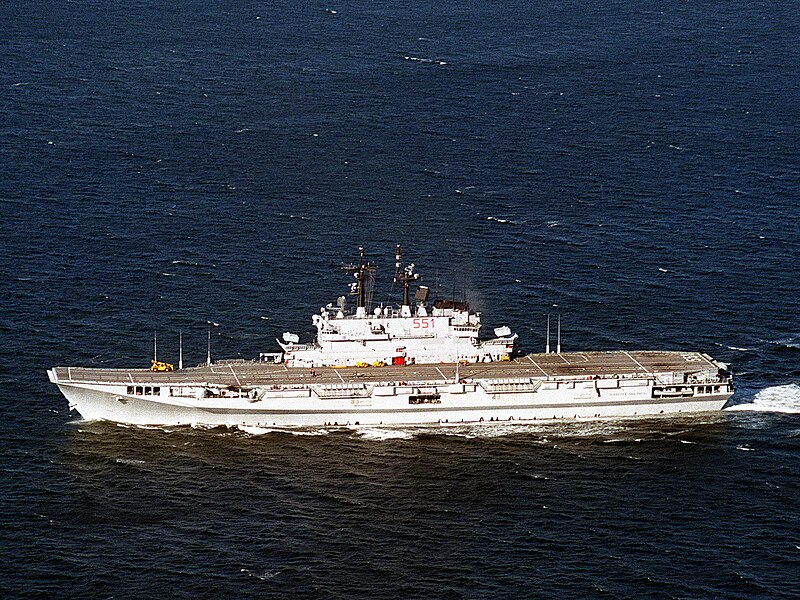
1. Legal Leverage Under UNCLOS
Whereas the majority of shadow fleet ships are dependent on the “right of innocent passage” in European waters, Article 110 of the United Nations Convention on the Law of the Sea (UNCLOS) allows the right of visit for “ships without nationality.” This right of investigation allows boarding and inspection, but only its application for seizure is still disputed. Previous EU naval operations, like Operation Sophia, have pushed the definition of “appropriate measures” in the Migrant Smuggling Protocol to the breaking point to justify interdictions, setting precedent for more aggressive enforcement.
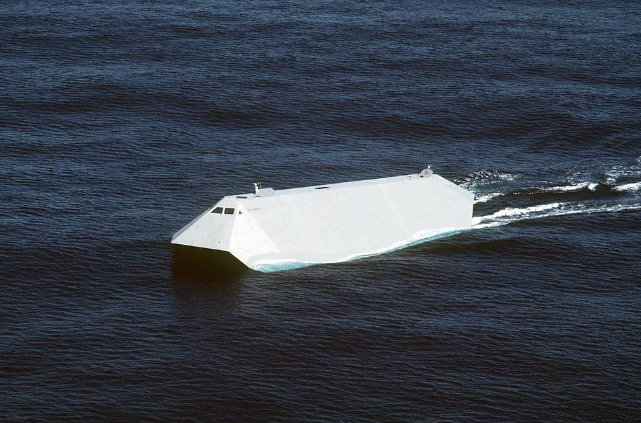
2. The Stateless Sixteen
The newly designated stateless ships such as Adonia, Apate, Apus, Aquilla II, Bolu, Briont, Ethera, Everdine, Leona, Manaslu, Myra, Nemrut, Omni/Evali, Samos, Tagor and Tassos are just the ticket for this legal tactic. Without effective registration, they have no flag state protection, a weakness some states, adhering to the Lotus principle, have employed to treat such ships as theirs for purposes of enforcement.

3. Hybrid Warfare at Sea
The sanctions are not just about oil. Intelligence connects some of the shadow fleet to hostile operations, such as suspected drone launches and sabotage of undersea cables. In one prominent case, the Eagle S anchored for over six hours and cut five key cables, including the Estlink-2 power cable between Estonia and Finland. “There was imminent threat that other critical infrastructure would be damaged,” Risto Lohi of Finland’s National Bureau of Investigation stated.

4. Environmental and Safety Risks
Many of the shadow fleet tankers are decades old, in disrepair, and uninsured. Their hazards of operation are not hypothetical cable damage has incurred over $70 million in repairs, and oil spill hazard is ever present. Recovery of environmental damages from shell-company owners when they lack valid insurance is practically impossible.

5. False Flags and Fraudulent Registries
The broader list of 120 ships features Palau, Panama, and Comoros-flagged vessels, along with many fake Internet registries. Diplomatic pressure will sometimes compel flag states to remove sanctioned ships from their registries, but impenetrable ownership structures comprising special purpose vehicles, nominee directors, and multi-layered shells make accountability impossible.
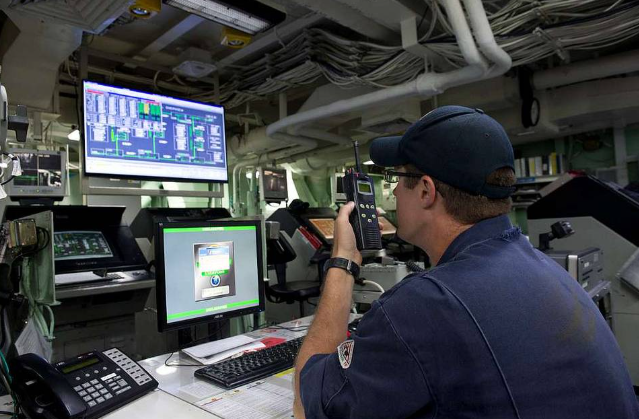
6. NATO’s Baltic Sentry Response
Following the Eagle S incident, NATO launched Baltic Sentry, deploying ships and aircraft to monitor shadow fleet movements and protect seabed infrastructure. “We’re not gonna be pushed around, interfered with,” said Admiral Keith Blount, NATO’s deputy supreme allied commander. Since its inception, no further cable-cutting incidents have been reported.
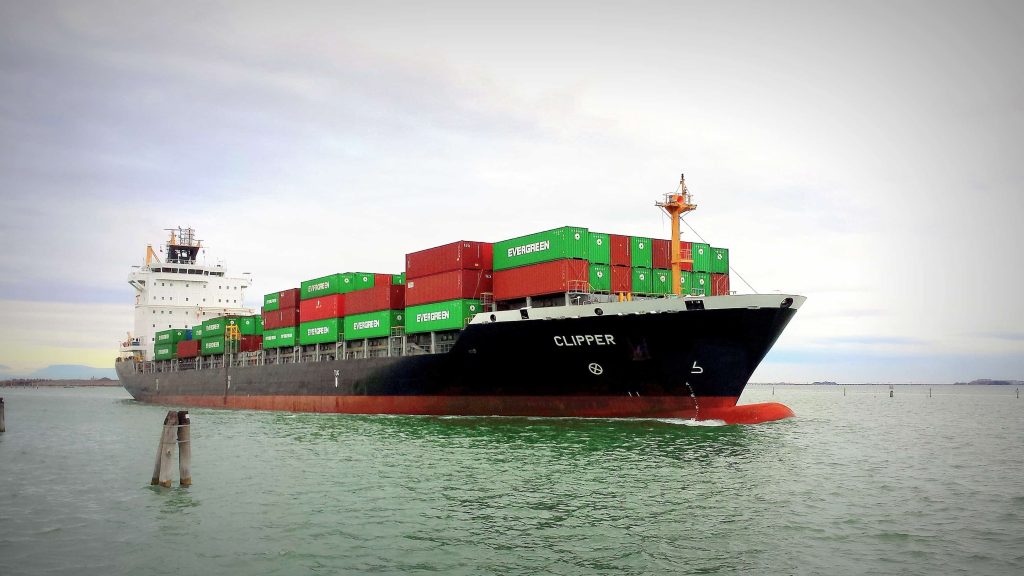
7. Drone Launch Platforms
Recent seizures, like France’s takeover of the Boracay off Saint-Nazaire, highlight the fleet’s suspected activity in air incursions. Experts point out that commercial ships can be equipped with military sensors or used as drone launchers, allowing surveillance or interference with airspace in Denmark and Norway.

8. Jurisdictional Gaps and State Practice
Even though UNCLOS does not comment on seizure authority over stateless ships, several states have incorporated such powers into domestic law. The U.S. Maritime Drug Law Enforcement Act, to take an instance, extends jurisdiction to stateless ships in the context of narcotics, a stance endorsed by courts operating under the Lotus principle. The EU’s decision to blacklist stateless tankers may foreshadow a similar enlargement of maritime enforcement standards.

9. Political Sensitivities
Interdictions entail geopolitical risk. When Estonia tried to intercept the stateless Jaguar in May, Russia scrambled a Su‑35 over Estonian territory. President Macron’s justification of France’s boarding of the Boracay as part of an EU/NATO “policy of obstruction” provoked stinging condemnation from Moscow, which called the action “piracy.”
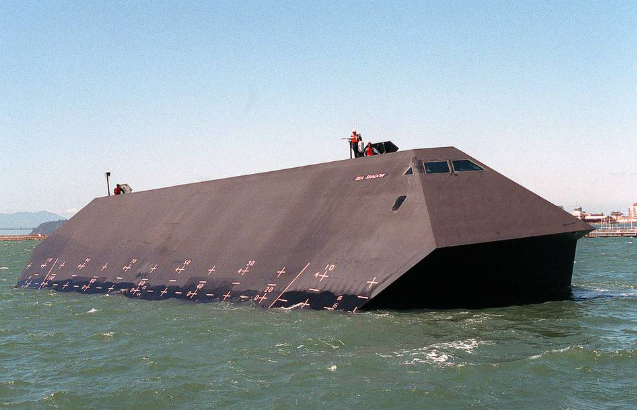
10. Enforcement Beyond Europe
Commentators warn that the blacklist is not very effective if third-party non-EU ports still serve these ships. In the absence of international cooperation, shadow fleet tankers are able to refuel, insure, and market outside of European jurisdiction, compromising sanctions and leaving environmental and security risks unsolved.
The EU’s targeting of stateless tankers combines maritime law, sanctions policy, and security strategy in a single high-wire gambit. Whether Article 110’s right of visit becomes a de facto right of seizure may hang as much on politics as on law and on willingness by states to address the shadow fleet’s hybrid threat profile.

